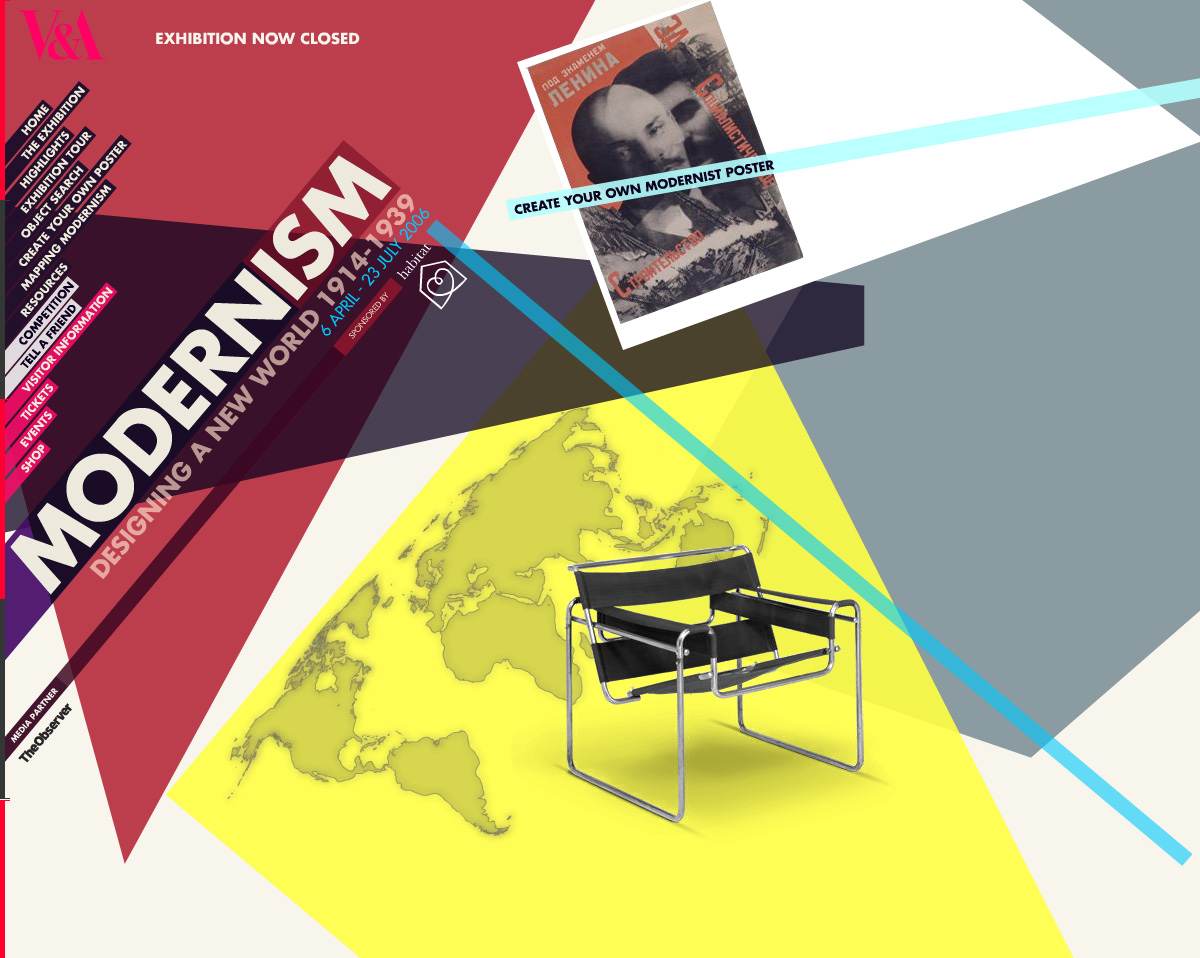As an exercise in biting off more than anyone could realistically be expected to chew, the V & A’s exuberant sprawl of an exhibition, “Modernism”, takes some beating. Its subject is the art, architecture and design of the Modernist movement – a pan-European phenomenon which lasted for half a century and more, and therefore a hydra-headed monster in itself. As if that were not enough, this show also seeks to explore the movement’s links with the cinema and the performing arts, as well as its politics and the many different species of utopianism to which it gave birth. The result is a vibrant cornucopia, buzzing with energy and a patent sense of principal curator Christopher Wilks’ enthusiasm for his subject. It amounts to an extended demonstration – in the form of a display that seemingly finds room for anything and everything, from tubular steel chairs to stainless steel teapots, from futuristic designs for skyscrapers to architects’ models of single concrete-and-glass dwellings – of the extent to which Modernism has transformed the built and designed environment.
Perhaps surprisingly, this is the first time that Modernism has been tackled, head-on and in depth, by any of the major museums of the world, and a certain proselytising intent can be detected running through the exhibition. Modernism has for decades been something of a dirty word in Britain, instantly evoking crumbling tower blocks, stained concrete, blasted cityscapes and blasted lives. Christopher Wilks clearly wants to reverse existing preconceptions and convert the British audience to the beauties of Modernist architecture and design – to rekindle a sense of the idealism and strong social purpose that drove its original pioneers.
To impose a measure of order on the vastly disparate contents of the exhibition, the display has been organised on thematic lines, opening with a gallery...

Modernism at The V & A
09-04-2006

